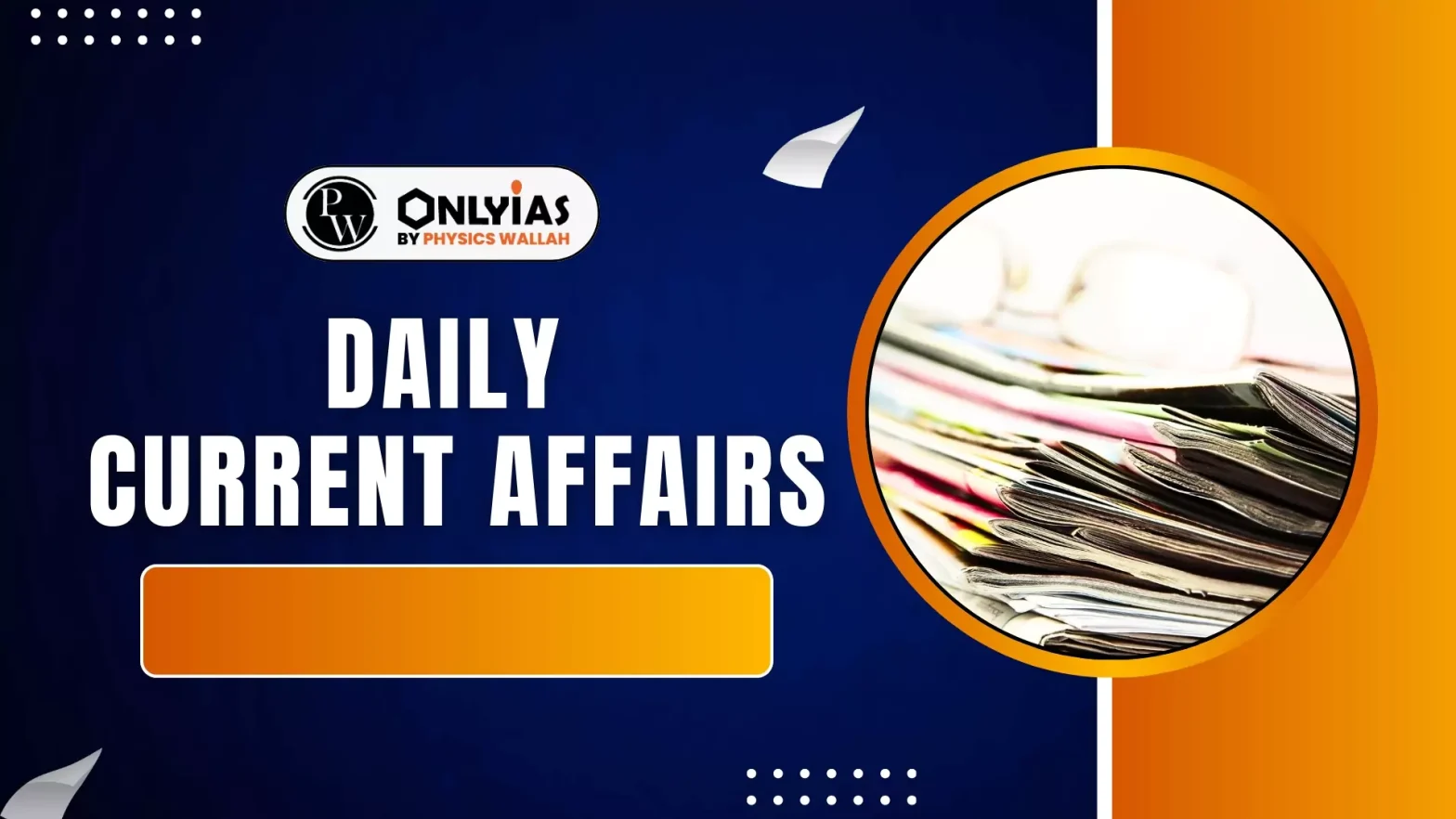The Central Water Commission (CWC) has informed the National Green Tribunal (NGT) that 34 out of 100 monitored glacial lakes in India show an increasing trend in water spread area, raising concerns about the risk of Glacial Lake Outburst Floods (GLOFs).
About Glacial Lakes
Glacial Lakes are large water bodies located in front of, on top of, or beneath melting glaciers.
How are glacial lakes formed?
The movement of glaciers causes erosion and creates depressions in the surrounding topography. When they retreat, meltwater starts to accumulate in such depressions, giving birth to glacier lakes.
Glacial Lake Outburst Floods
- GLOFs are sudden, often destructive floods caused by the rapid release of water from glacial lakes.
Causes of GLOFs
- Ice and debris avalanches: Triggered by seismic activity or unstable terrain, they can displace water and cause sudden flooding.
- Ice-dammed lakes: Melting or collapse of ice dams can release large amounts of water downstream.
- Earthquakes: Seismic events can destabilize lake boundaries, leading to dam failure.
- Volcanic eruptions: Can cause rapid ice melt, landslides, or lahars that impact glacial lakes.
- Human activities: Mining, construction, and deforestation can weaken natural structures and increase GLOF risks.
Vulnerable regions: Mountainous areas like the Himalayas, Andes, and Alps are especially prone due to high glacial activity and population density. |
Findings of the Central Water Commission
- CWC studied 100 glacial lakes in India, each over 10 hectares in size.
- Among them:
- 34 lakes showed an increasing trend in the water spread area.
- 20 lakes showed a decreasing trend.
- 44 lakes showed no change.
- 2 lakes were not analysed.
CWC’s Monitoring and Risk Management Efforts
- CWC monitors 902 glacial lakes and water bodies larger than 10 hectares in various Indian states and transboundary regions.
- Monitoring is done through remote sensing, with monthly reports published online.
- A risk indexing system has been developed for 100 lakes.
- It contributes to disaster risk reduction through participation in NDMA committees.
- CWC has approved 90 project-based studies on GLOF risk under National GLOF Risk Mitigation Program (2021–2026)
National Glacial Lake Outburst Flood (GLOF) Risk Mitigation Project (NGRMP)
- The project aims to reduce risks from Glacial Lake Outburst Floods (GLOFs) in vulnerable Himalayan states – Arunachal Pradesh, Himachal Pradesh, Sikkim and Uttarakhand.
Objectives
- Prevent loss of life and damage to infrastructure
- Strengthen EWS with last-mile connectivity
- Build local scientific and community-level capabilities
- Combine indigenous knowledge with advanced technology
|
Why the Himalayas Are More Prone to GLOFs?
- High glacial activity: Known as the “Third Pole,” the Himalayas have the largest glacial cover outside the Arctic and Antarctic.
- Accelerated melting: Climate change is causing rapid glacier retreat, leading to the formation of many unstable glacial lakes.
- Steep terrain: The region’s rugged slopes heighten the chances of destabilization and dam failure.
- Frequent landslides and avalanches: These natural movements increase the risk of sudden lake breaches.
- Seismic activity: The region is earthquake-prone, which can directly trigger GLOFs.
- Dense population: Many communities live downstream, making GLOFs particularly dangerous for life, infrastructure, and livelihoods.
Central Water Commission (CWC)
- Established in 1945, the CWC serves as an advisory body to the Government of India on water resources development and management.
- It is a statutory body under the Ministry of Jal Shakti.
- Focus areas include flood control, irrigation, navigation, drinking water supply, and hydropower development.
- CWC is responsible only for surface water, While Groundwater matters are handled by the Central Ground Water Board (CGWB).
|
Additional Reading: Glacial Lakes and Glacial Lake Outburst Floods (GLOFs)
![]() 18 Jul 2025
18 Jul 2025

